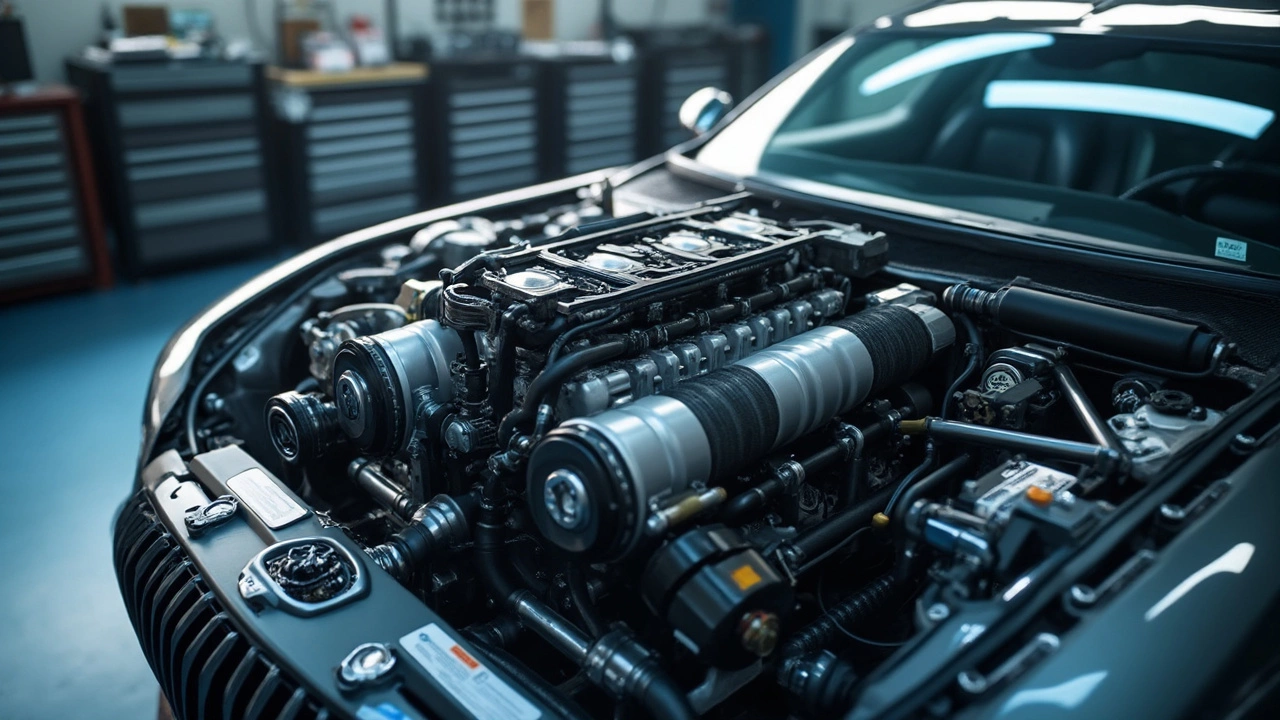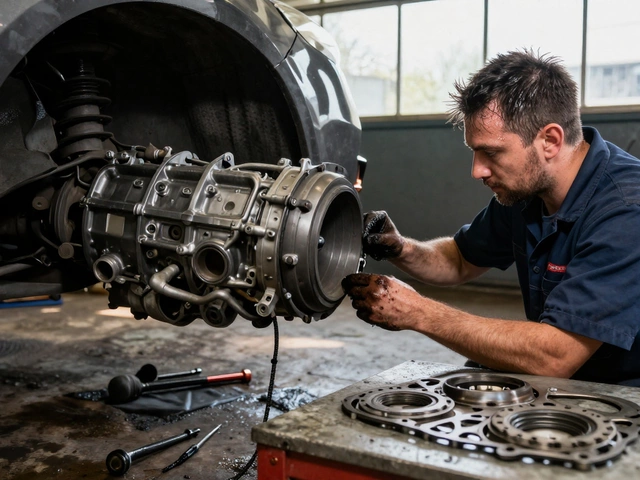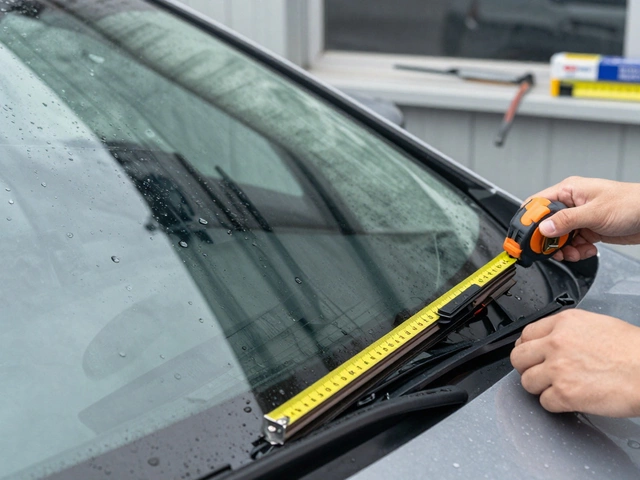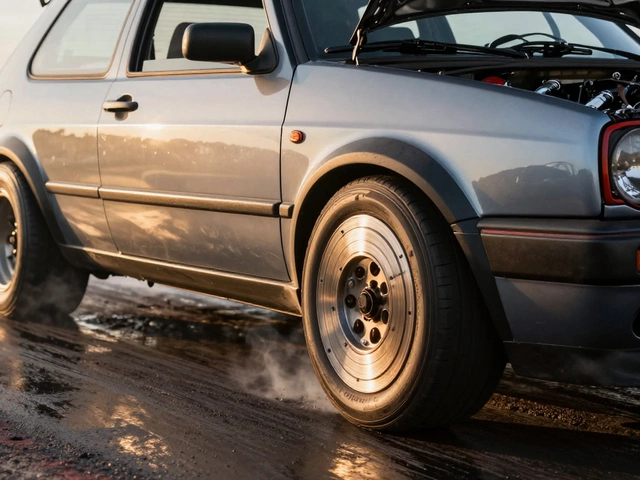Car Radiators: Signs of Failure, Replacement Costs, and What to Do
When your engine starts running too hot, it’s rarely about the weather—it’s usually the car radiator, the component that keeps your engine from overheating by circulating coolant through a network of tubes and fins. Also known as the cooling system core, it’s one of the most overlooked parts in your car, until it breaks—and then you’re stranded. A bad radiator doesn’t always scream for attention. Sometimes it just leaks a little, or your temperature gauge creeps up on a quiet drive. By the time you see steam, it’s too late.
Most radiator failure, the breakdown of the radiator’s ability to cool engine fluid effectively happens slowly. Corrosion eats away at the metal, plastic tanks crack from heat stress, and tiny leaks let coolant escape. You might notice puddles under your car, a sweet smell when driving, or the warning light coming on after a short trip. These aren’t just inconveniences—they’re early signs your car cooling system, the full network of hoses, water pump, thermostat, and radiator that regulates engine temperature is failing. Ignoring it leads to warped cylinder heads, blown head gaskets, or a total engine rebuild. That’s not a repair—it’s a car replacement.
Replacing a radiator isn’t cheap, but it’s cheaper than replacing the engine. In the UK in 2025, the average radiator replacement cost, the total price to remove a damaged radiator and install a new one, including parts and labor ranges from £250 to £600, depending on your car model. Luxury or older cars with hard-to-reach radiators can hit £800. But here’s the thing: a £300 repair today can save you £3,000 tomorrow. And if your radiator is over 10 years old, even if it’s still working, it’s probably holding its breath. Most last 8 to 12 years, or 100,000 to 150,000 miles. After that, it’s just a matter of when—not if.
You don’t need to be a mechanic to spot trouble. Check for discolored coolant, a swollen or cracked tank, or a radiator that feels cooler on one side than the other. If your car overheats on the highway but cools down in traffic, that’s a classic radiator issue. And if you’ve been topping up coolant every few weeks, you’re not saving money—you’re delaying the inevitable. The real question isn’t whether you can afford to fix it. It’s whether you can afford not to.
Below, you’ll find real guides from drivers who’ve dealt with leaking radiators, cracked tanks, and surprise bills. Some saved money by fixing it themselves. Others learned the hard way why waiting is the most expensive mistake you can make. Whether you’re looking at a £400 quote or wondering if your 15-year-old radiator still has life left, these posts give you the facts—not the fluff.






